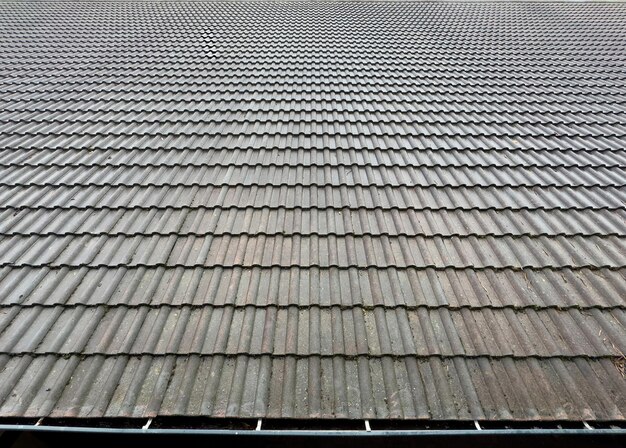Why a Metal Roof Might Be Your Best Investment
When it comes to choosing the right roofing material for your home, the debate between metal roofs and shingle roofs often leads to head-scratching decisions. Homeowners everywhere want something that promises durability, cost-effectiveness, and aesthetics all in one package. Let's dive into the merits of both options, focusing on what makes each unique, practical, and beneficial based on your needs.
Durability and Longevity
Metal roofs are renowned for their incredible durability. They can last between 40 to 70 years, depending on the material and maintenance. Resistance to weather elements, be it snow, rain, or intense sunlight, makes them a steadfast choice for those who want low maintenance over the years. Shingle roofs, on the other hand, typically last 20 to 30 years. While advances in shingle technology have improved its lifespan, it still doesn't quite measure up to metal.
Cost Considerations
Upfront costs for metal roofs are considerably higher than their shingle counterparts. This can deter some homeowners initially. However, considering the longer lifespan and lower maintenance costs, a metal roof might end up saving you money in the long run. Shingle roofs, with their lower upfront installation cost, seem attractive at first but might require more frequent replacements, leading to higher costs over time.
Energy Efficiency
Metal roofs have a plus when it comes to energy savings. Reflective coatings on metal can deflect solar radiant heat, reducing cooling costs by 10-25% in hotter climates. Shingles, especially darker ones, tend to absorb more heat, possibly increasing your energy bills during the summer months.
Aesthetics and Home Value
Choosing between a metal or shingle roof can also be a matter of style preference. Metal roofs come in a variety of styles and colors, often boosting a home’s resale value due to their modern and sleek appearance. While shingle roofs can also add aesthetic value with varied designs and shades, they have a traditional appeal that may not attract the same premium in certain real estate markets.
Safety and Weather Protection
For those in areas prone to wildfires or lightning, a metal roof is a safer bet, being both non-combustible and resistant to high winds. Shingle roofs, although offering a good defense in general conditions, present more risk of damage during extreme weather events unless specifically designed for high impact.
Regardless of the roofing choice, one must also consider financial constraints. This can include leveraging government programs, assistance, or financial tools to aid in such investments. For instance, several state and federal programs offer incentives for energy-efficient installations like metal roofs.
Financial Assistance and Options
To support roofing expenses, here’s a compilation of resources that might ease the financial burden:
- 💰 Energy-efficient Grants: Some government grants are available for energy-efficient home improvements.
- 🏠 Home Improvement Loans: Consider financing options specifically tailored for home renovations.
- 🔋 Solar Incentives: If pairing a roofing project with solar panels, look for renewable energy tax credits.
- 💼 Consult with a Financial Advisor: For tailored advice on maximizing investments and managing home improvement costs.
- 🏛️ State Weatherization Programs: Available for homeowners seeking to protect against extreme weather on a budget.
Making the right roofing decision involves blending functional benefits with financial realities. A metal roof, albeit requiring a heftier initial investment, can prove worthwhile over decades. However, if initial costs are a major factor, shingles remain a viable, traditional choice. Whichever path you choose, align it with available financial options to ensure your decision enhances your home’s value and comfort sustainably.
